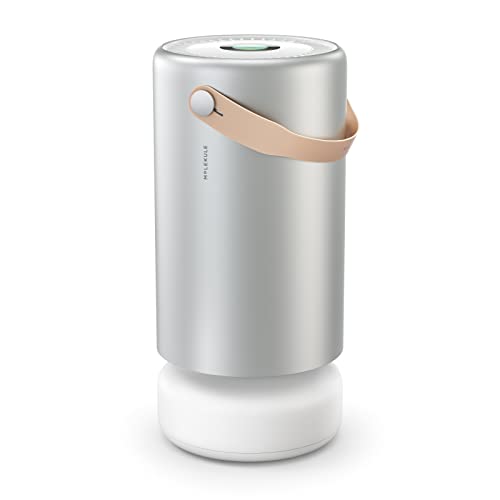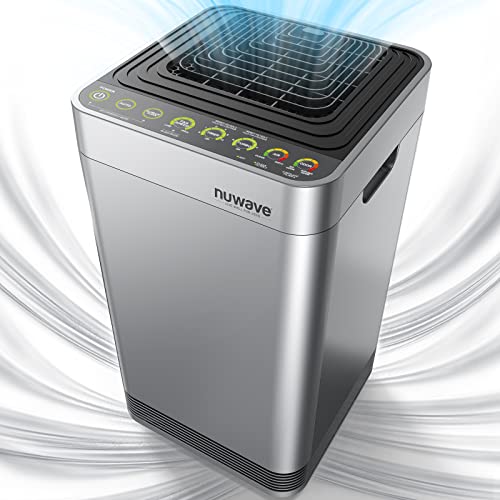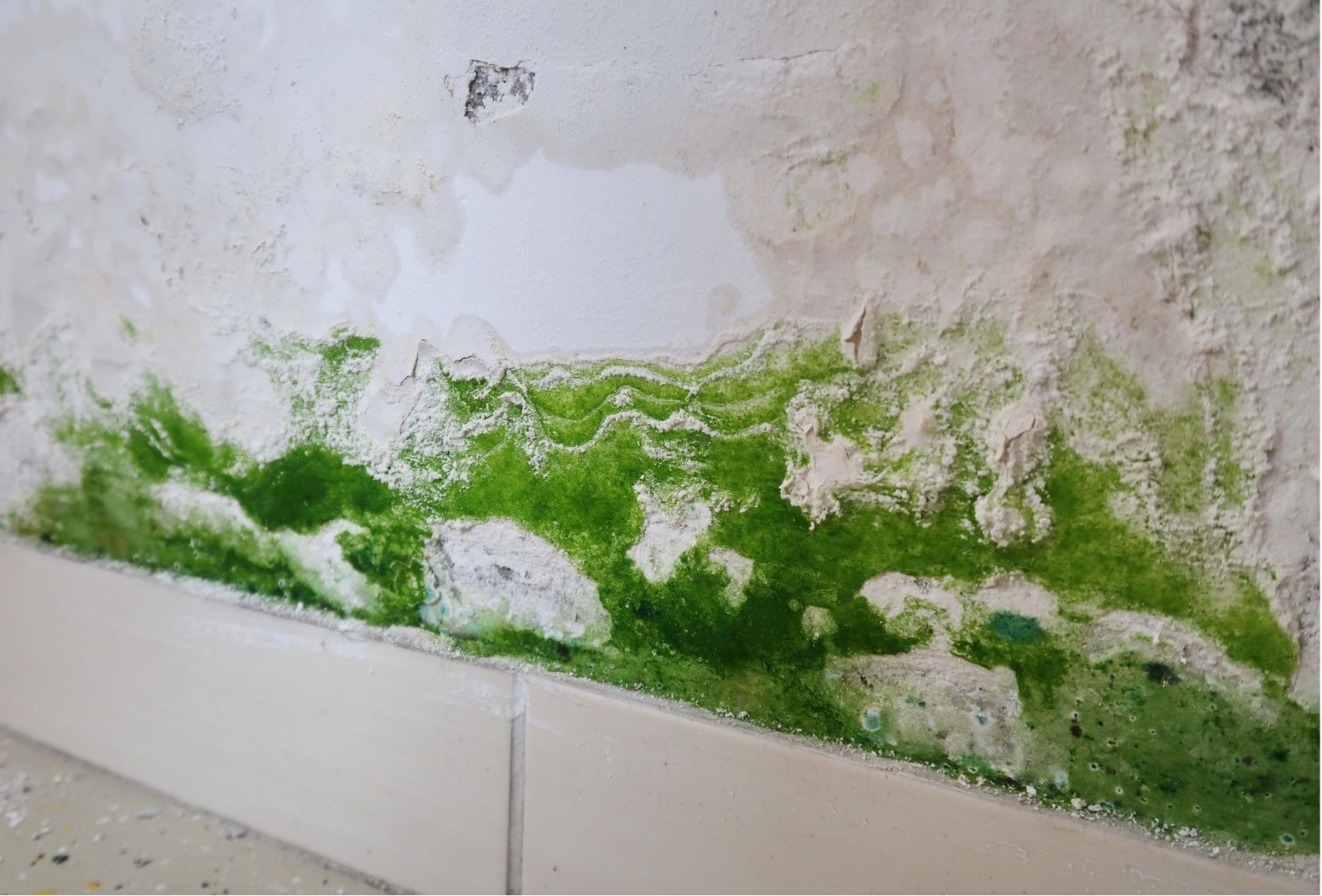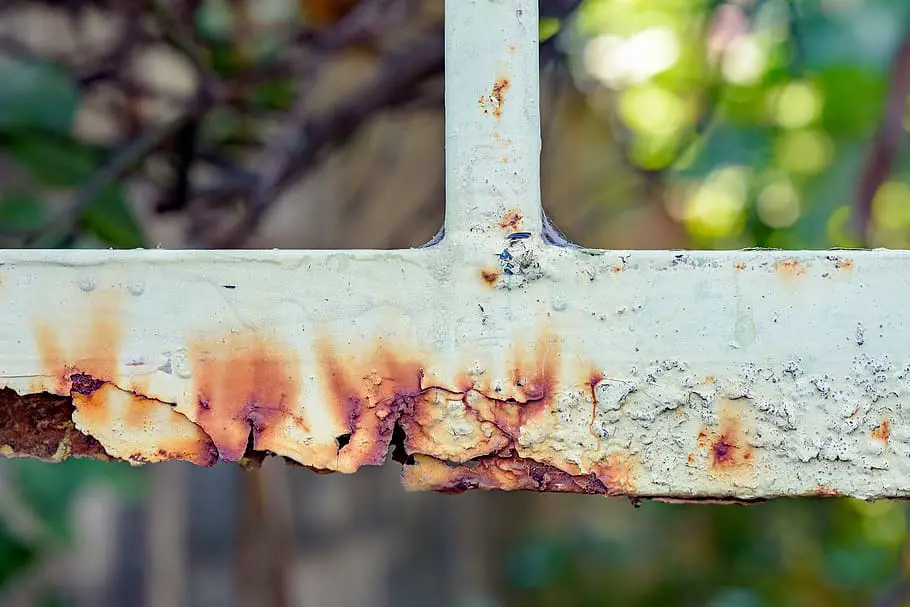 If your like me, there are certain rooms that can really set you off allergy wise. For instance, A former boss of mine occupied an office that I could not go into without having a sneezing fit.
If your like me, there are certain rooms that can really set you off allergy wise. For instance, A former boss of mine occupied an office that I could not go into without having a sneezing fit.
It was no mystery why, you could see visible mold creeping down the top of the walls through the ceiling. Incidents like that one have occurred for me many times. Dirty Humidifiers, HVACs, and air conditioners always seem near by.
In this article we are going to discuss the impact that air purifiers can have in reducing the mold spores and the irritation of mold allergies.
Table of Contents
Do Air Purifiers Remove Mold Spores?
Yes, air purifiers are an effective method for removing mold spores from indoor air. Air purifiers work by pulling air through specialized filters designed to capture microscopic particles like mold spores, which measure 2-10 microns in size.
High efficiency particulate air (HEPA) filters can remove over 99% of particles sized 0.3 microns and above through mechanical filtration. HEPA air purifiers create a physical barrier that traps mold spores as air passes through the tightly woven filter material.
Other technologies like ultraviolet germicidal irradiation (UVGI) also help destroy mold spores at a cellular level through UV light exposure. Ionizers charge and agglomerate mold particles so they drop out of circulation.
Using the right air purification technology for the space size, along with moisture control, can significantly reduce airborne mold levels. Multiple studies have confirmed HEPA and UV air purification leads to lower mold spore counts compared to untreated rooms.
Air purifiers cannot stop new mold growth at the source, so they work best alongside preventative measures. However, by capturing airborne mold spores, air purifiers help provide cleaner, healthier indoor air.
The Role of Air Purifiers Against Mold
Air purifiers offer a practical way to reduce airborne mold spores in indoor environments. They work by pulling air through specialized filters or using technologies designed to capture or destroy microscopic particles like mold spores. This cleansing of indoor air can significantly cut down on mold exposure.
There are several technologies used in air purifiers for mold removal:
- HEPA filters – Extremely fine mesh filters that can trap over 99% of particles larger than 0.3 microns. Effective for capturing mold spores.
- Electrostatic precipitation – Charges particles to make them stick to oppositely charged collection plates. Also effective on mold spores.
- Ultraviolet germicidal irradiation (UVGI) – UV light kills mold spores and other microbes by damaging their DNA and preventing replication.
- Negative ion generators – Release negatively charged ions that attract and clump together mold spores and other particles.
- Ozone generation – Produces ozone gas that can oxidize mold spores. However, ozone is hazardous above certain concentrations.
Certain air purifier models combine multiple technologies for enhanced mold removal. Proper usage and maintenance of air purifiers is key to ensuring high performance against mold over time.
 Do Ionizers Kill Mold? An Overview of Ionizers and Mold Removal
Do Ionizers Kill Mold? An Overview of Ionizers and Mold Removal
Ionizing air purifiers, also called ionizers, are a popular option for mold removal. They work by producing an electric charge and releasing negative ions into the incoming air stream. These ions attach themselves to airborne particles like mold spores and lint, causing them to clump together until they are heavy enough to fall out of the air.
While ionizers do not necessarily kill mold spores, they reduce active mold particles in the following ways:
- Ions charge and bind together mold spores into larger clusters.
- The heavier mold particles then settle out of the air onto surfaces.
- This removes active airborne mold spores from circulation.
- Without air transport, mold spores are less likely to spread and cause allergic reactions.
However, ionizers have minimal impact on mold growth at the source. They do not kill or destroy mold spores outright through means like filtration or UV exposure. Users still need to address excess moisture that allows mold colonies to thrive and release more spores.
Other benefits and limitations of ionizers:
- Do not require expensive replacement filters
- Can actively clean the air, not just passively filter it
- Effective on microscopic particles
- Limited capacity for holding clumped particles
- May release ozone as a byproduct
- Not as effective on larger mold spores
Conquering Mold: Top Air Purifier Contenders
Mold can be a persistent foe, but these four air purifiers can be powerful allies in your fight for cleaner air:
 GermGuardian AC4825: The Budget Buster
GermGuardian AC4825: The Budget Buster
- Pros: Budget-friendly, HEPA filtration captures 99.97% of airborne particles (including mold spores) down to 0.3 microns, optional UV-C light adds extra protection, simple and effective.
- Cons: Limited coverage area (743 sq ft), lacks smart features and air quality monitoring, regular filter replacements add to cost. View Here.
 Molekule PECO: The Tech Titan
Molekule PECO: The Tech Titan
- Pros: PECO technology destroys pollutants at a molecular level (including mold), sleek and silent design, exceptional air quality.
- Cons: Most expensive option, limited coverage area (250 sq ft), long-term availability and cost of PECO filters uncertain. See Price Here.
 Nuwave OxyPure Zero Smart Air Purifier: The Versatile Value
Nuwave OxyPure Zero Smart Air Purifier: The Versatile Value
- Pros: Multiple models to suit different needs, HEPA filtration tackles mold spores, activated carbon absorbs odors, intuitive controls and smartphone app, washable pre-filters and long-lasting Bio-Guard filters minimize replacement costs.
- Cons: No dedicated mold removal technology, smaller models have limited coverage area, larger models are more expensive. View Nuwave Here.

Remember: Air purifiers are just one part of the mold-fighting equation. Ensure proper ventilation, address moisture sources, and consider professional remediation for severe cases.
No single air purifier is perfect, so weigh the pros and cons of each one and choose the one that best suits your budget, room size, and desired features. With the right choice and a multi-pronged approach, you can breathe easier knowing you’re tackling mold head-on!
Advanced Air Purification Technologies
Specialized air purifiers using newer technologies can offer enhanced mold removal capabilities:
- Induct air purifiers – Utilize industrial-strength fans to pull large volumes of air through multiple filtration stages. This allows high air flow rates while maintaining low noise levels. Useful for quickly cleaning moldy air in large open spaces.
- Multi-technology purifiers – Combine HEPA filters, UV lamps, and other technologies to filter, kill, and actively destroy mold spores and other allergens. Provides multifaceted attack against microscopic particles.
- In-duct systems – Designed to be installed directly into existing air ducts to purify air at the HVAC system level. Can cover the whole building but requires professional installation.
- Whole-house humidifiers – Increase moisture levels while filtering and killing mold spores in the process. Help avoid very dry air that allows certain molds to thrive.
Advanced options provide powerful mold removal but often carry higher price tags. Evaluate options carefully based on room sizes, severity of mold issues, and operating costs over time.
The REME HALO in-duct air purifier- Click Here For Price

Takes a proactive approach to mold and air quality. Installed directly in your HVAC system, it utilizes patented technology to create hydrogen peroxide plasma that circulates throughout your home, continuously tackling airborne pollutants like mold spores, viruses, and odors.
- In-duct installation: Integrates seamlessly with your existing HVAC system, distributing its cleaning power throughout your entire home.
- Hydrogen peroxide plasma: This patented technology creates a safe, low-level mist that actively seeks and neutralizes airborne threats like mold spores, viruses, and even odors.
- Continuous defense: Unlike filters that need replacing, REME HALO works nonstop, providing 24/7 air purification.
- Multi-pronged attack: Tackles not only mold but also a wide range of airborne contaminants, promoting cleaner, healthier air you can breathe.
Preventing Mold Growth
Along with air purification, preventing mold growth is a key part of any strategy to combat mold allergies. Mold prevention steps include:
- Regularly cleaning damp areas prone to mold like bathrooms, basements, and kitchens
- Fixing water leaks and moisture intrusion issues quickly
- Ensuring adequate ventilation of kitchens, bathrooms, and laundry rooms
- Using dehumidifiers to maintain indoor humidity below 50%
- Avoiding carpets in damp rooms like basements
Taking active measures to reduce moisture and properly clean moldy surfaces prevents mold spore levels from getting out of control indoors. Air purifiers work best when used proactively along with moisture control tactics.
Conclusion
Air purifiers using technologies like HEPA filters, UVGI, and ionizers can effectively capture and reduce airborne mold spores. When used properly alongside moisture control, air purification helps provide cleaner, healthier indoor air.
Consider factors like room size, filtration capabilities, and maintenance costs when selecting an air purifier for mold removal. Taking a multifaceted approach provides the best defense against mold. Ensure adequate ventilation, address moisture issues proactively, and use air purifiers as part of your mold prevention strategy.
With diligent effort, the right air purification technology can significantly cut down on airborne mold levels. While no solution is perfect, the products and tips covered in this article provide a helpful starting point for tackling mold with the power of air purifiers.












